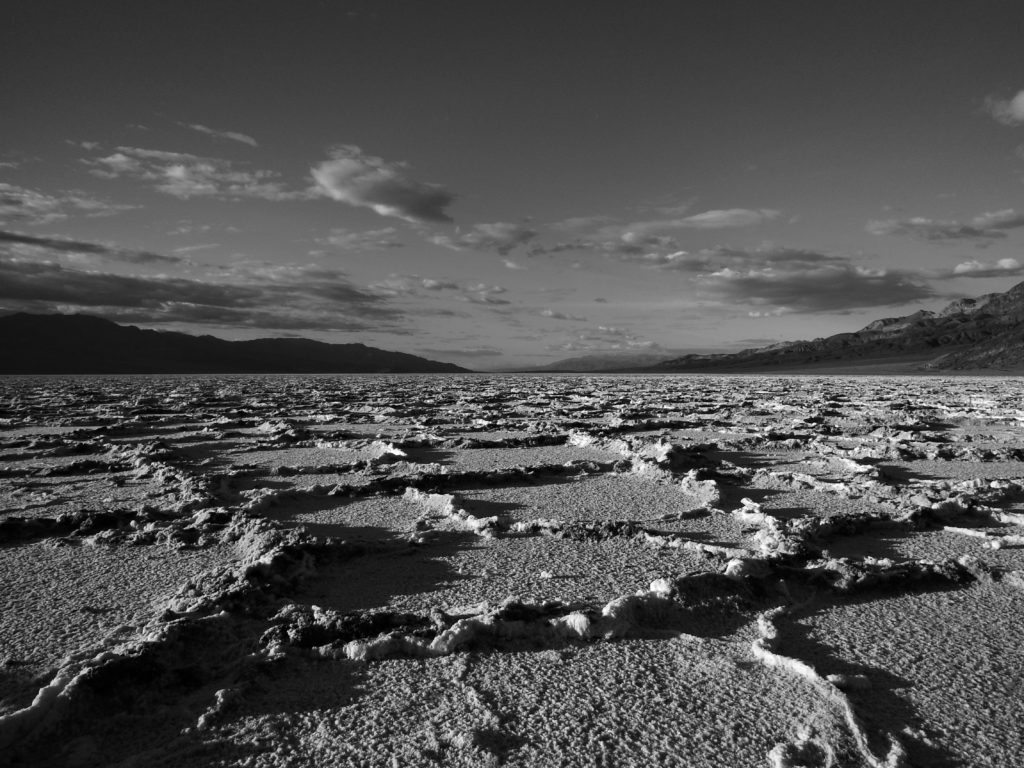
As I’ve been working on planning little guy’s first camping trip, I’ve been remembering my adult self’s first camping trip in Dec 2012. I have fond memories of camping at Sunset Beach with my girl scout troop as a kid, but there was a pretty big gap thereafter in which the only time I spent in a tent ended in the receipt of Duke Basketball tickets. Of course, what better place to get your feet wet (figuratively) than Death Valley!? It takes about 8 hours to get to Death Valley from the Bay Area as you have to go down and around the Sierras, but the long drive even after leaving I-5 behind certainly makes you feel the remoteness. En route, we discovered the roadside town of Tehachapi, the “Land of Four Seasons” and your best (only?) bet to stop for food east of Bakersfield. The muted desert colors and expansive landscape were impressive from first approach into the valley.
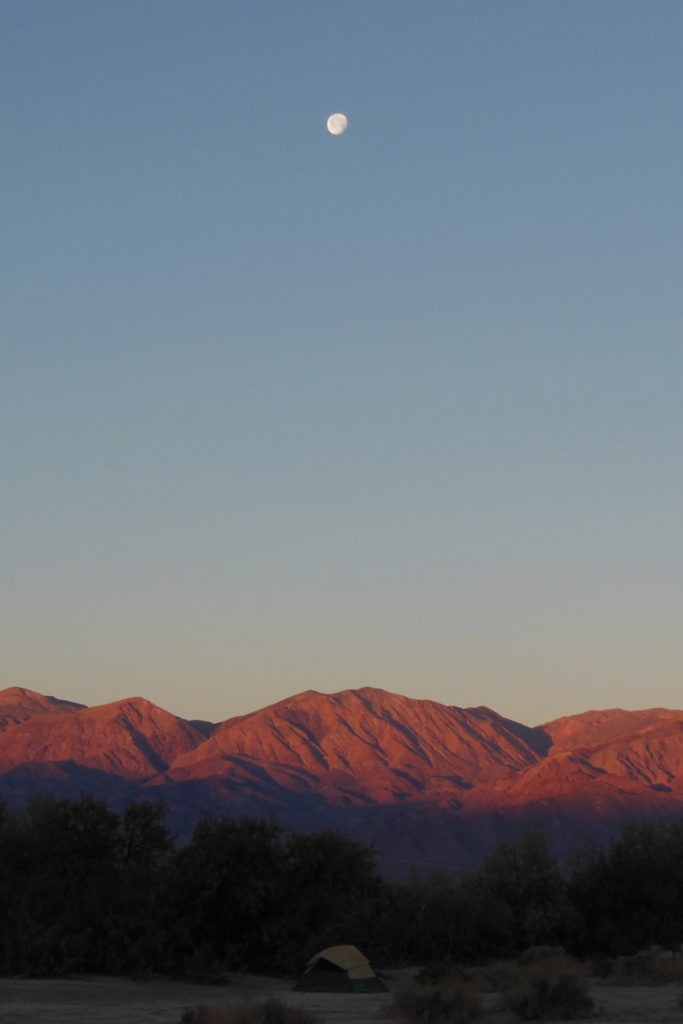 We spent two nights camping at Furnace Creek Campground in the park. The campground was very nice, although since there are not really trees, there is not much privacy, which can be especially annoying when you’re surrounded by RVs in a little two-person tent (since then I always try to reserve tent-only or generator-free loops in campgrounds). Our first night went very well except that I had to pull a rogue camp chair out of the fire (and I was the one nervous about having a fire in the first place!). The second night the wind picked up even more, and I learned the lesson to always have a backup no-cook meal plan in case, for example, you can’t keep your camp stove lit long enough to boil water. We could hear the wind swirling around the valley all night long, and every so often, it would hit the tent and rattle it like it was a spaceship about to take off. Not the greatest night sleep, but kind of fun. For our third night, we stayed in the Panamint Springs Resort, a little off-the-grid motel with a decent beer selection near the edge of the park.
We spent two nights camping at Furnace Creek Campground in the park. The campground was very nice, although since there are not really trees, there is not much privacy, which can be especially annoying when you’re surrounded by RVs in a little two-person tent (since then I always try to reserve tent-only or generator-free loops in campgrounds). Our first night went very well except that I had to pull a rogue camp chair out of the fire (and I was the one nervous about having a fire in the first place!). The second night the wind picked up even more, and I learned the lesson to always have a backup no-cook meal plan in case, for example, you can’t keep your camp stove lit long enough to boil water. We could hear the wind swirling around the valley all night long, and every so often, it would hit the tent and rattle it like it was a spaceship about to take off. Not the greatest night sleep, but kind of fun. For our third night, we stayed in the Panamint Springs Resort, a little off-the-grid motel with a decent beer selection near the edge of the park.
For hiking, we hit up a few trails, including hiking the Golden Canyon to Gower Gulch loop with the add on loop to visit Zabriskie Point. I didn’t actually realize you could drive all the way to the point by tour bus, but I like to think the view is nicer when you get there on your own two feet! This loop was a really great way to see some of the cool layered rock formations, and I learned what a gulch is! [a narrow V-shaped canyon containing a small stream or rock fall] For another hike, we explored Titus Canyon by hiking in from the valley side. It is popular to drive through the slot canyon from the Nevada side. Clearly not everyone headed the advice that a high clearance vehicle was recommended, but we didn’t want to risk it with my Ford Focus — plus it’s fun to hike!
Of course we visited some of Death Valley’s famous sights, including Badwater Basin, the lowest point in the United States at over 300 feet below sea level. The Badwater salt flats were a dramatic landscape, further highlighted by late-afternoon shadows. We also drove up to Scotty’s Castle, a fun piece of desert history and 20s architecture. If I recall, Death Valley Scotty conned rich New Yorkers, who basically went with it and established an elaborate desert retreat.
As usual, I’d love to spend more time in Death Valley National Park ~ maybe I’ll have to start planning for the next superbloom! I’m super curious to visit Racetrack Playa to see the “mysterious” moving rocks (yes, I know they confirmed the way the rocks move, but it doesn’t diminish the sense of intrigue regarding self-moving rocks).
In spite of a few slight mishaps, this was definitely a great re-introduction to camping for me. Here’s hoping for similar luck first time camping as a family with a toddler!
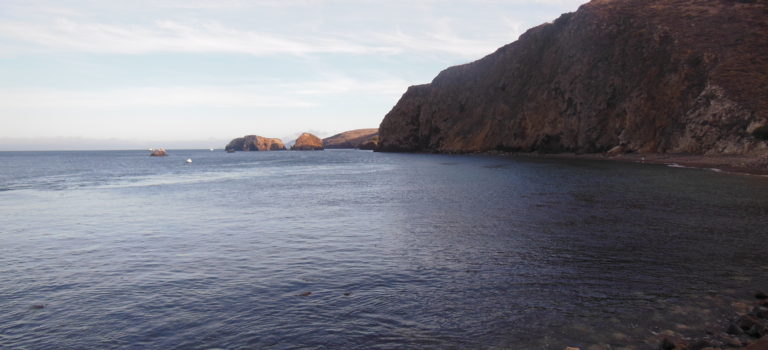
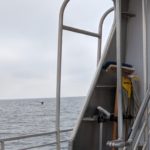
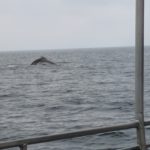
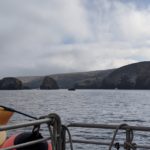
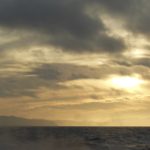
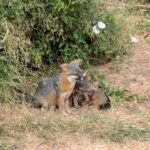
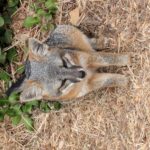
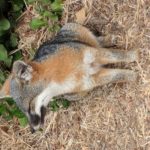
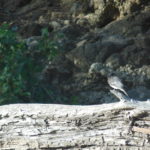
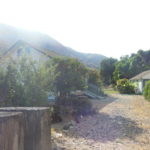
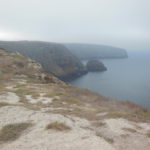
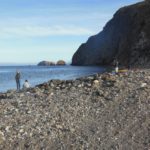
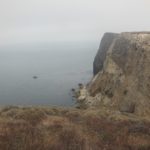
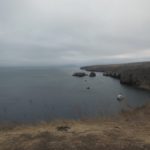
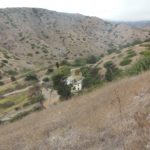
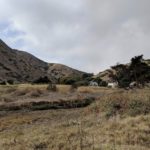
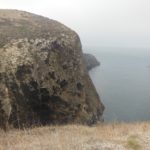
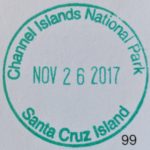
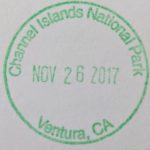
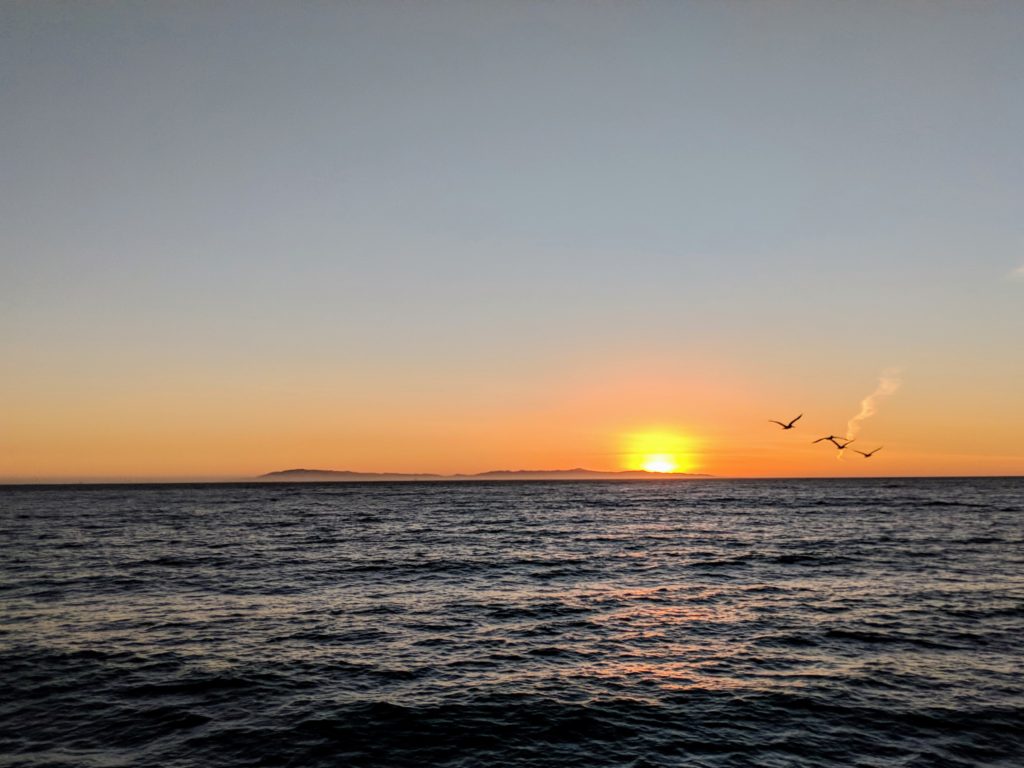
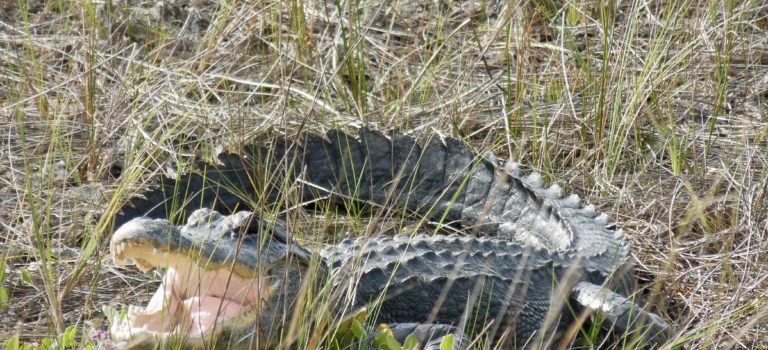
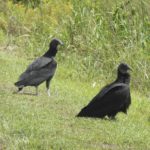
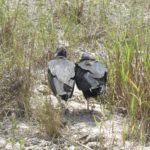
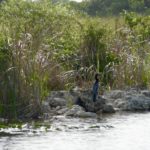
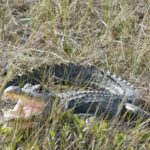
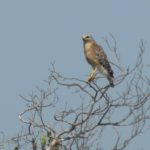
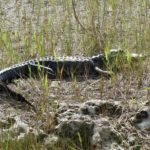
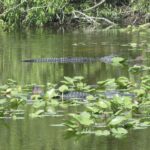
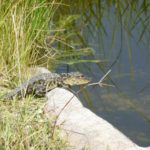
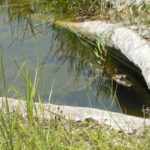
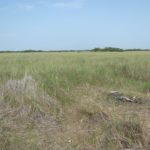
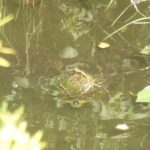
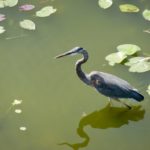
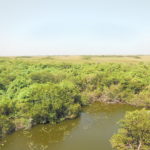
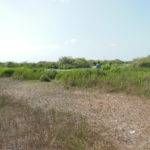
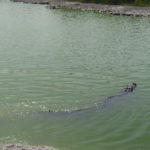
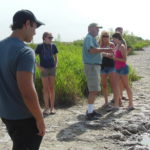
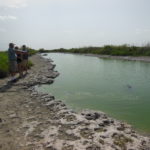
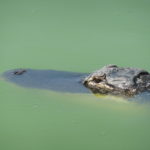
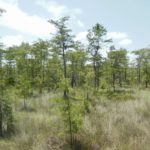
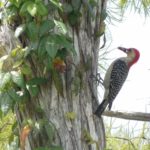
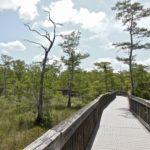
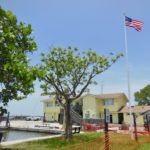
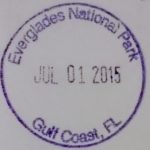
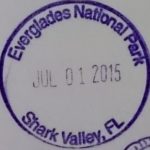
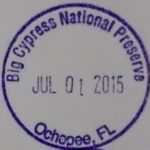
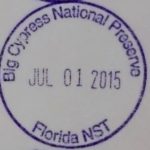
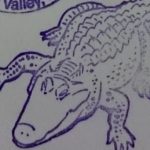
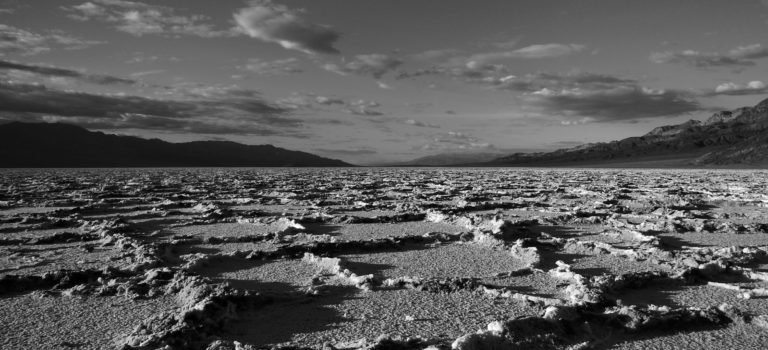

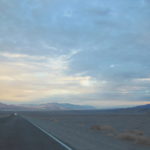
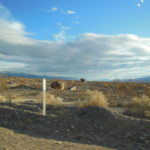

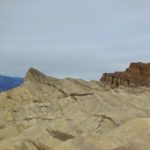
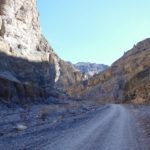
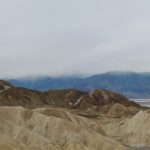
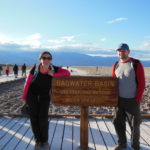
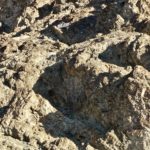
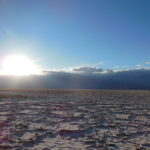
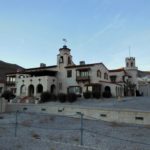
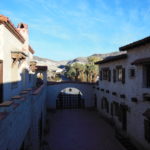
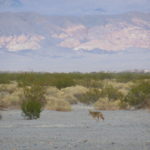
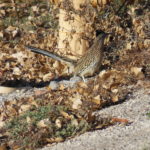
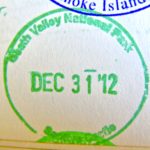
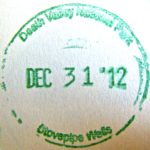
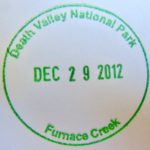
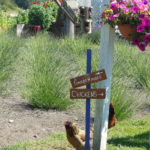
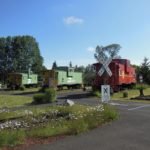
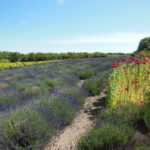
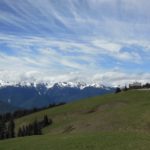
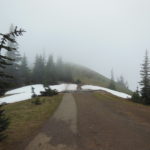
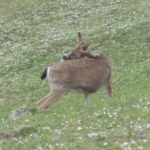
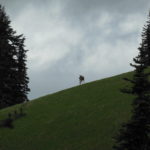
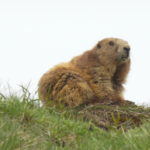
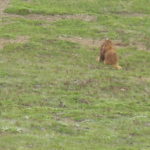
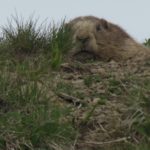
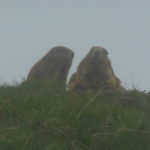
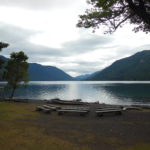
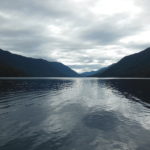
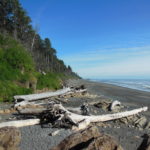
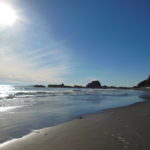
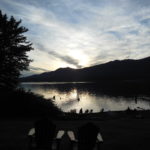
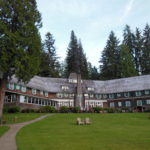
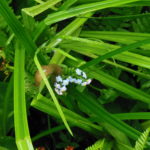
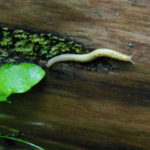
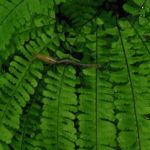
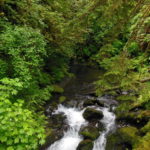
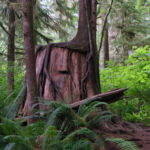
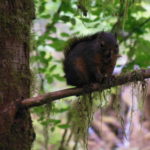
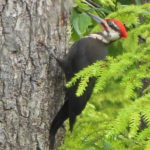
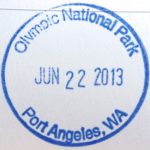
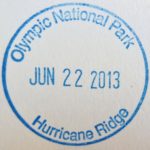
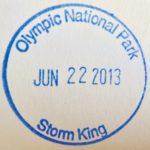
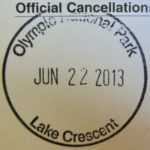
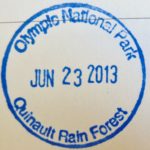
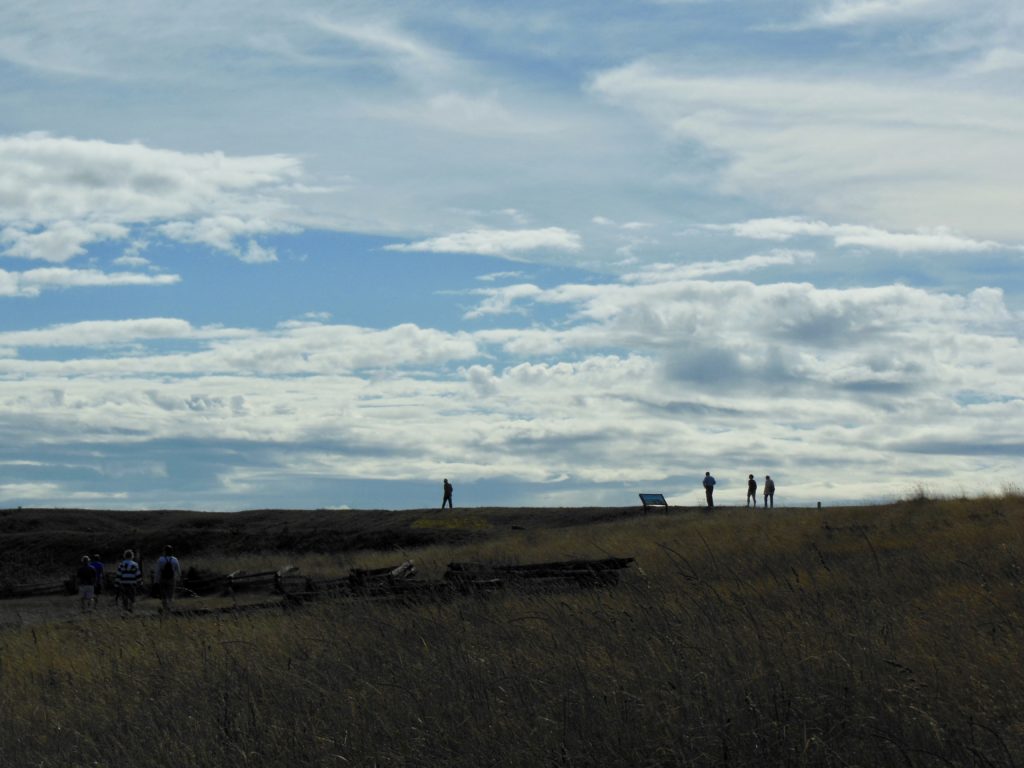
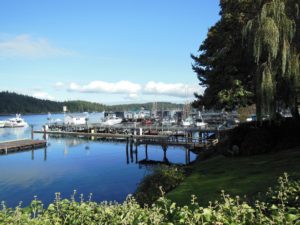
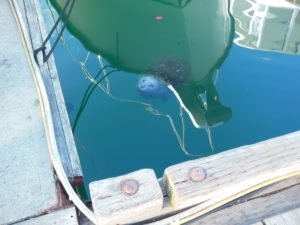
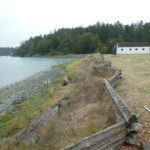
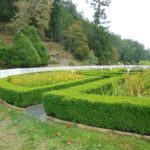
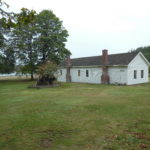
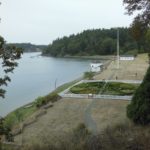
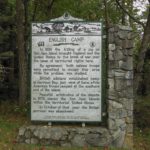
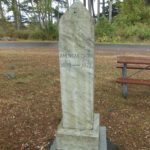
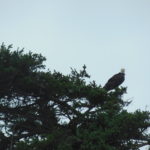
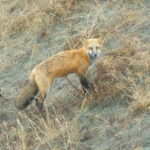
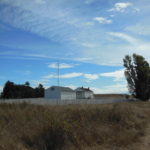
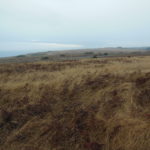
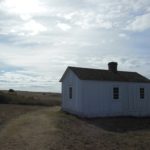
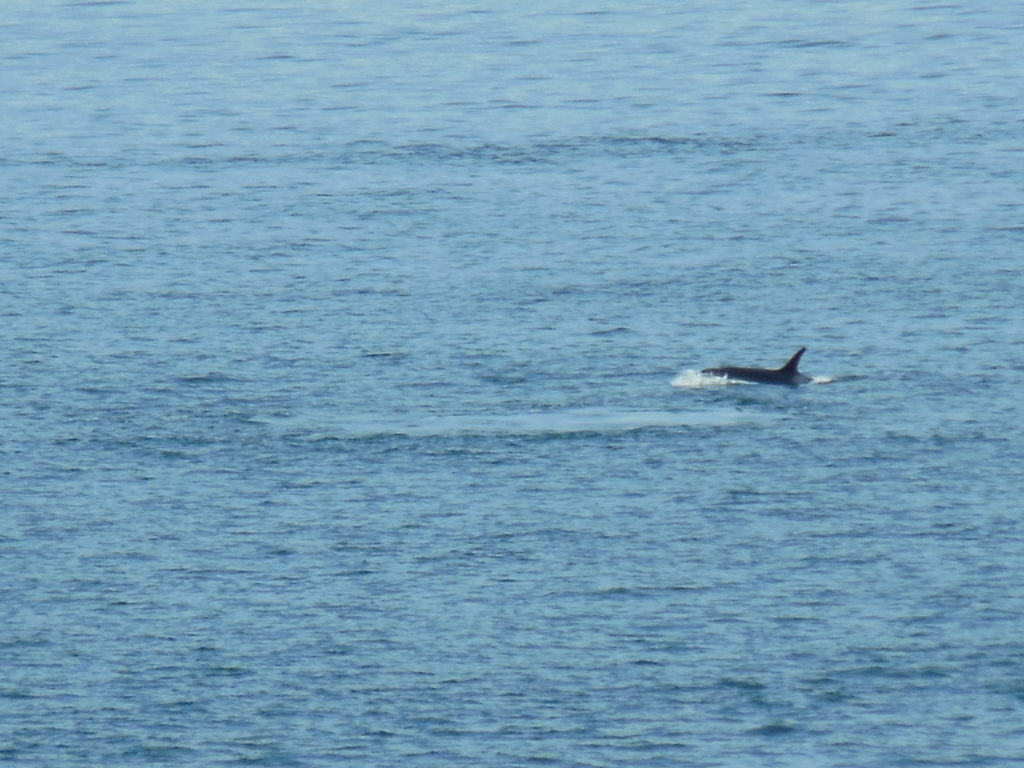
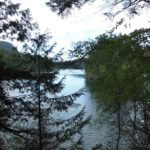
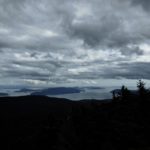
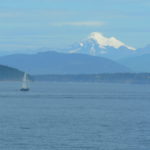
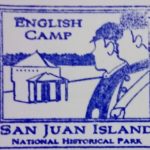
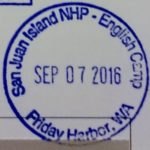
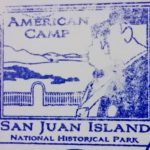
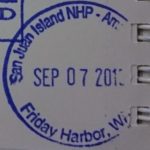
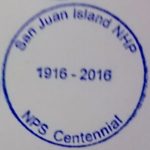
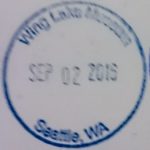
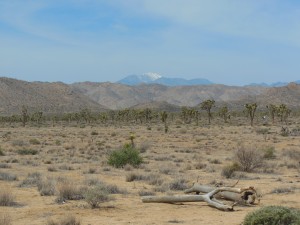

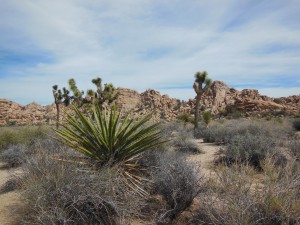
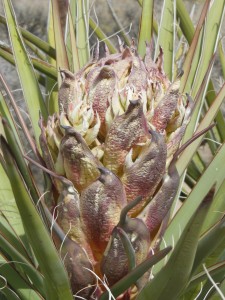
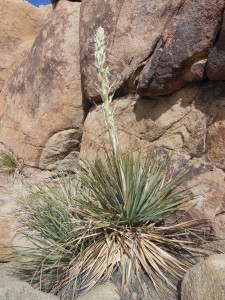
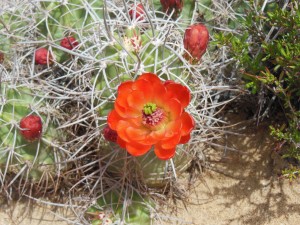
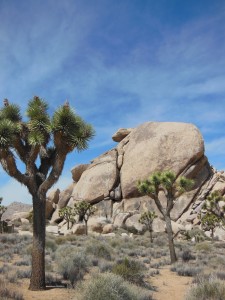
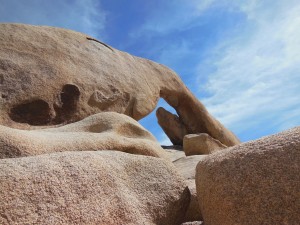
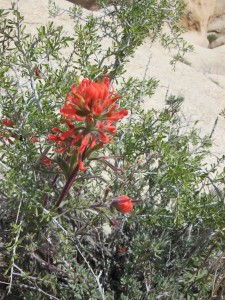 we saw lots of lizards, including two chuckwallas. Chuckwallas can live up to 40 years and grow to something like 15 inches long. We saw an adult male, with the characteristic orange body and black head, and a female (or perhaps a juvenile?) with a greenish brown pattern and a striped tail.
we saw lots of lizards, including two chuckwallas. Chuckwallas can live up to 40 years and grow to something like 15 inches long. We saw an adult male, with the characteristic orange body and black head, and a female (or perhaps a juvenile?) with a greenish brown pattern and a striped tail.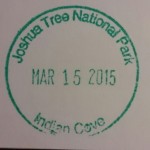 On our way out of town, I did stop in at the Indian Cove ranger station to pick up one of the passport cancellations I didn’t yet have for the park. Is it cheating if I didn’t stay at the campground? Oh well.
On our way out of town, I did stop in at the Indian Cove ranger station to pick up one of the passport cancellations I didn’t yet have for the park. Is it cheating if I didn’t stay at the campground? Oh well.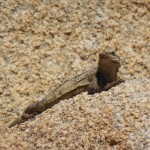
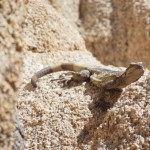
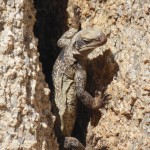
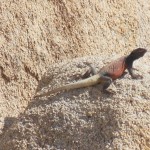
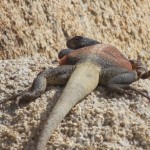
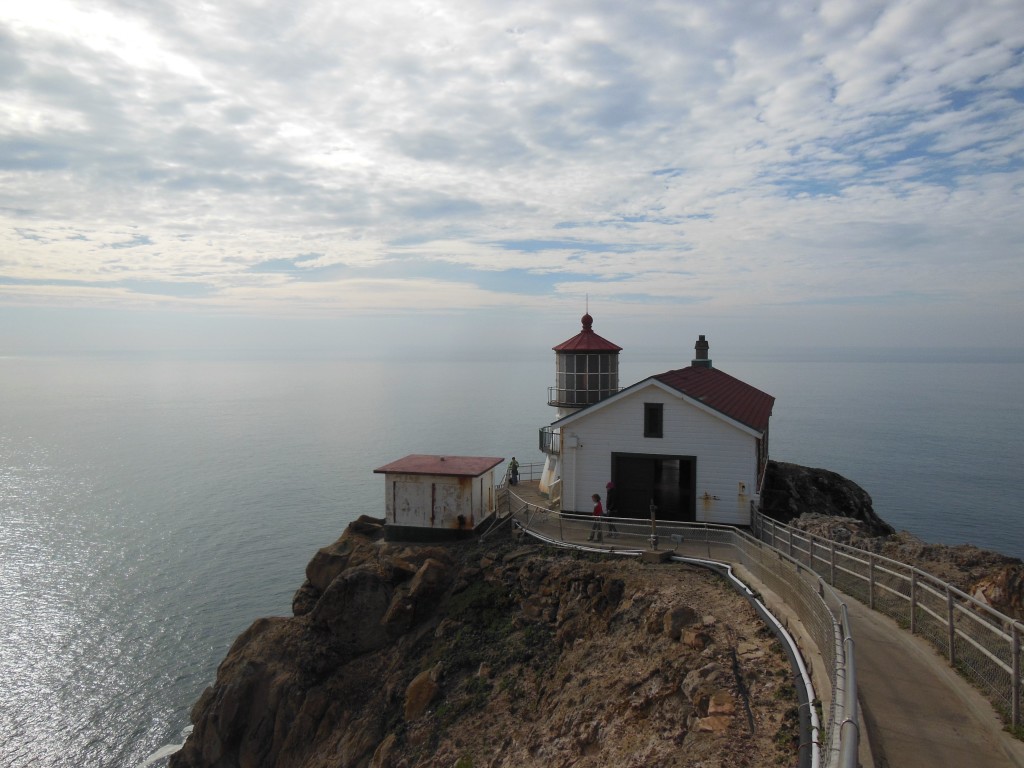
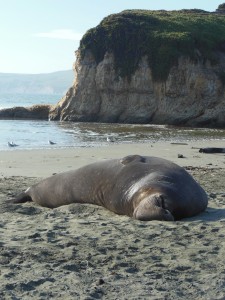
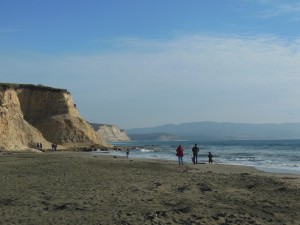
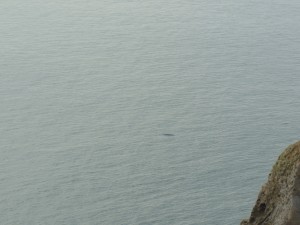
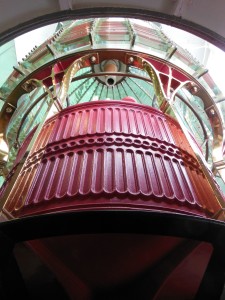
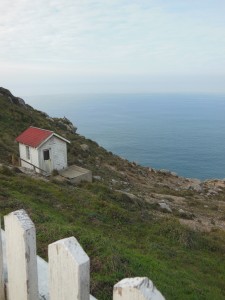
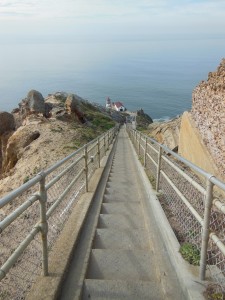
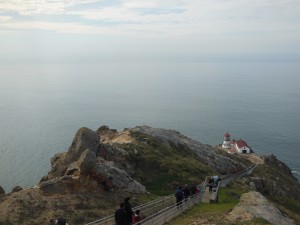
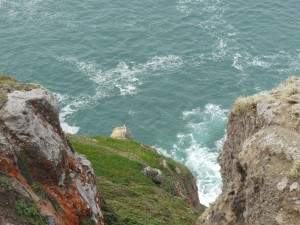
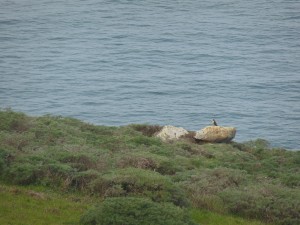
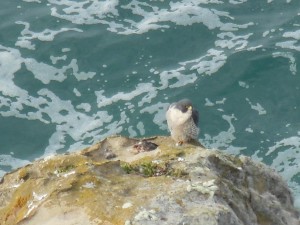
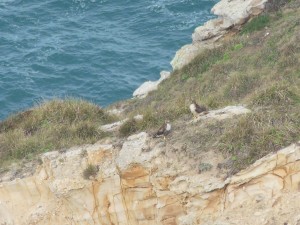
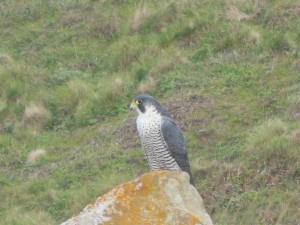
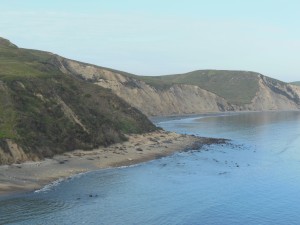
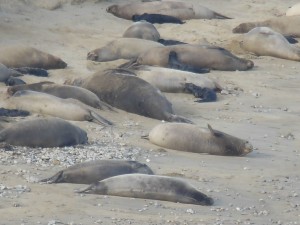
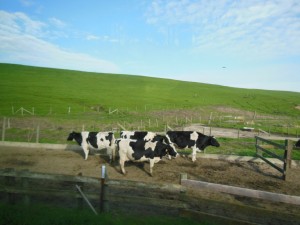
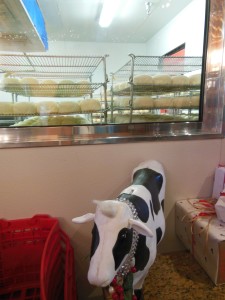
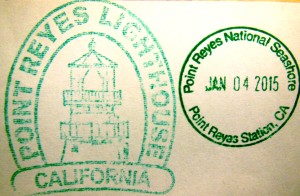 center in the park.
center in the park.